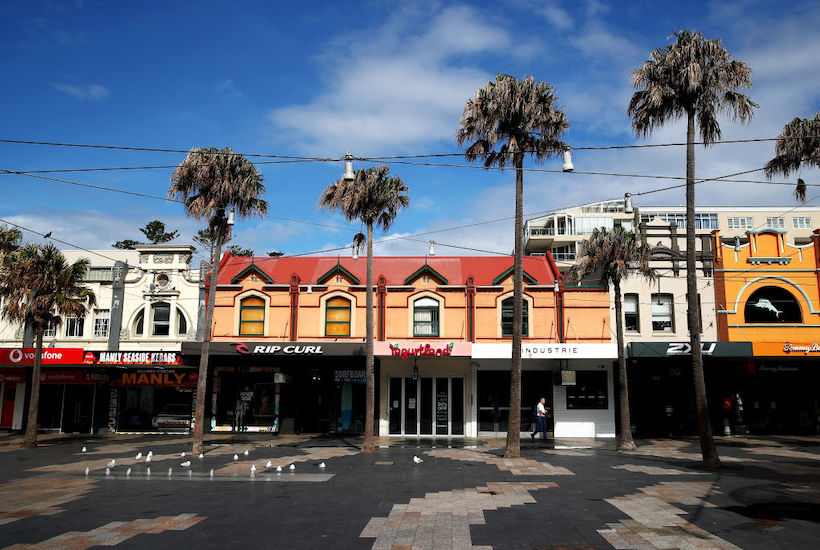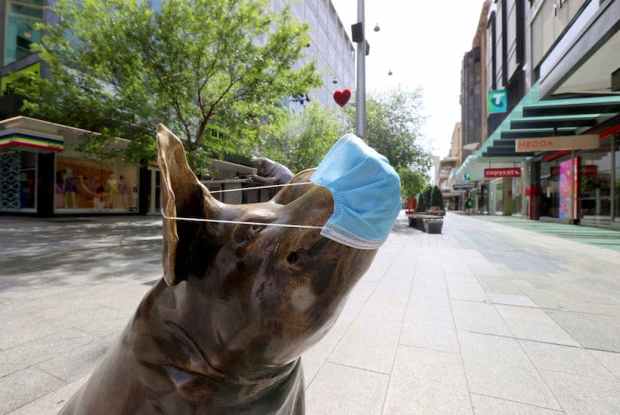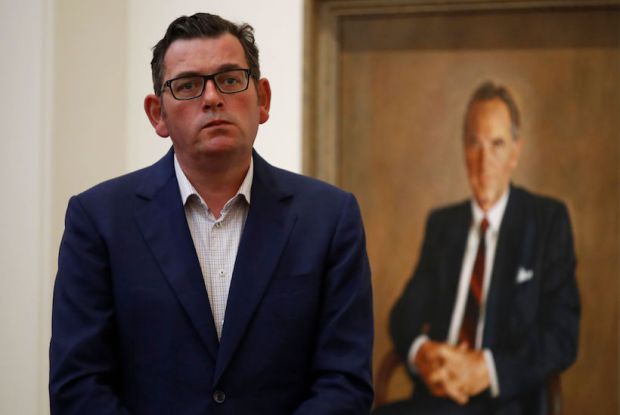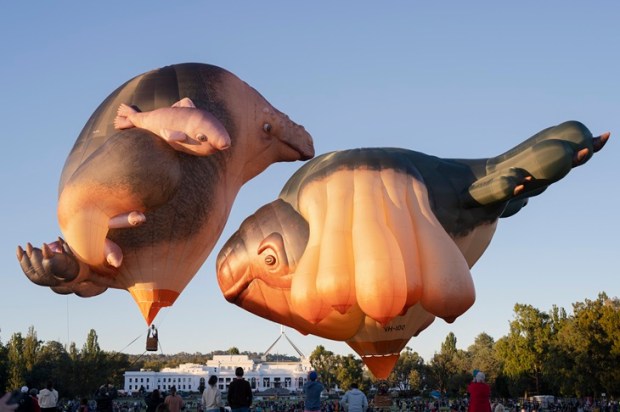Australia is emerging from the COVID-19 lockdown measures not as one, but two separate nations comprised of the economic, cultural and political elite embodied in the public sector on one hand, and mainstream Australia embodied in the productive, private sector on the other.
The two Australias have emerged over time. Before coronavirus arrived in this country, those in the private sector were second-class citizens compared to their public sector counterparts. According to the Australian Bureau of Statistics, at the end of 2019 average weekly earnings in the public sector were 30% higher than those in the private sector, and while private-sector workers receive superannuation contributions of 9.5%, those in the public sector can look forward to a comfortable retirement with contributions of 15.4% funded by taxpayers. Institute of Public Affairs research has found that this public sector wage and super premium cost taxpayers $5.7 billion in the 2018-19 financial year.
This divide set the stage for the current recession, Australia’s first in almost 30 years. This is not any ordinary recession; it is a private sector recession. The public sector, which contains those responsible for making the decisions to lockdown parts of the economy, has been completely insulated from any negative consequence arising from these decisions. The private sector, on the other hand, has borne the entire cost of the measures aimed at stopping the spread of COVID-19.
Since March, commentators have been searching for the ideal letter to express how the economy will recover from the lockdown-induced economic contraction. The most optimistic is a ‘V’ shaped recovery, where, after a short sharp contraction, things return to normal. Another possibility is the ‘W’ shaped recovery, where there is some turbulence provided by a short-lived snapback after the initial contraction and a slower eventual return to normal. The most dreaded, one might think, is the ‘L’ shaped recovery, where jobs and economic activity are never restored to their pre-pandemic levels.
The search for such a letter is over. The most accurate way to describe Australia’s economic recovery is using the letter ‘K’, where the public sector is on the upward arm and the private sector is on the downward arm.
As shown in an IPA analysis published in August, the public sector has flourished during the lockdown while the private sector has been smashed. As visibly demonstrated in that analysis, mainstream Australia continues to suffer while public sector workers go unscathed. According to the latest data from the Australian Bureau of Statistics, public-sector jobs have increased by 1.9% since 14 March, compared to a 5.4% decrease in the private sector. This translates into about 15,200 jobs added in the public sector and 650,000 jobs lost in the private sector.
An IPA analysis of ABS data released on 2 September provided more evidence of the ‘K’ shaped recovery: in the June quarter private sector wages declined by $5.9 billion, while public sector wages increased by $768 million.
Contrary to the condescending refrain that “we are all in this together”, few public servants have experienced the economic hardship being inflicted on mainstream Australians. In fact, 15,200 public servants have been hired since 14 March. And for each public servant hired, 42 private sector workers have lost their job.
This divide poses a serious threat to Australia’s robust, egalitarian liberal democracy. According to the Australian National University’s Australian Election Study, which measures long-term trends in political attitudes and behaviours, 75% of Australian voters in 2019 thought that people in government look after themselves, up from 49% in 1969. Alarmingly, 41% of voters said that they were not satisfied with democracy, up from 23% in 1969 and a sharp rise from the 14% who thought so in 2007.
Ordinary Australians have been left behind by the disdainful class of public sector elites during the COVID-19 crisis. The lockdown measures have smashed those in the private sector, and those in the public sector, who decide when and how lockdowns will be eased, have not suffered any negative consequences.
The trend of dissatisfaction with democracy and alienation from the political class will only become more pronounced during the economic recovery, particularly if it continues along its current ‘K’ shaped trajectories. Everything that underpins the Australian way of life, small business, reward for hard work, and liberal democratic freedom, are in peril if the ‘K’ shaped recovery continues.
Cian Hussey is a Research Fellow at the Institute of Public Affairs. Join as a member at www.ipa.org.au.
Got something to add? Join the discussion and comment below.
Get 10 issues for just $10
Subscribe to The Spectator Australia today for the next 10 magazine issues, plus full online access, for just $10.


























Comments
Don't miss out
Join the conversation with other Spectator Australia readers. Subscribe to leave a comment.
SUBSCRIBEAlready a subscriber? Log in